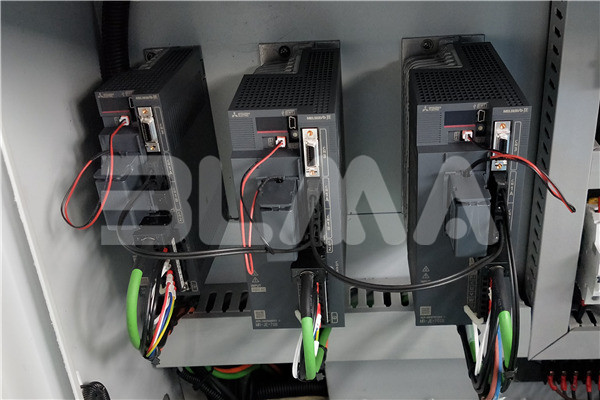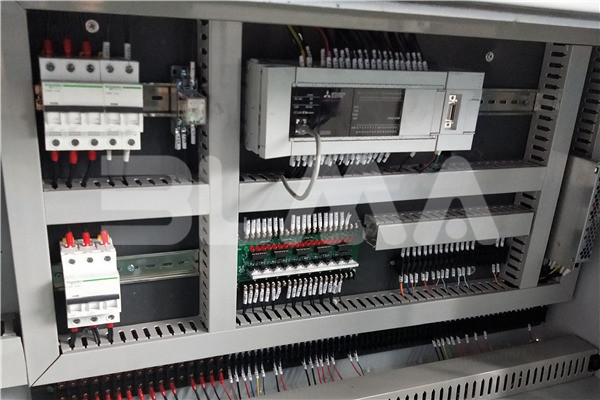Selection of Measuring and Controlling System Hardware&Servo Motor of Pipe Bending Machine
As an emerging control system, the embedded system has obvious advantages in industrial field control. As a control core with low power consumption, high cost performance, and high flexibility, the embedded system is bound to replace the traditional industrial computer and occupy an indispensable and important role in machine tool control. The embedded measurement and control system is used in the industrial field, especially in the field of CNC machine tools, which will definitely bring a new round of changes to the development of CNC machine tools!
1. Pipe bending machine measurement and control system hardware selection.
In the process of designing an embedded measurement and control system for a pipe bender, the choice of an embedded microprocessor is particularly important. The foundation of an embedded microprocessor is the CPU in a general-purpose computer. In order to meet the special requirements of embedded applications, although embedded microprocessors are basically functionally the same as standard microprocessors, various enhancements have been made in terms of operating temperature, resistance to electromagnetic interference, and reliability. The embedded microprocessor has the advantages of small size, light weight and low cost.
2. CNC pipe bending machine servo motor selection
The servo motor of mechanical pipe bending machine is also called executive motor. In the automatic control system, it is used as an actuator to convert the received electrical signal into angular displacement or angular velocity output on the motor shaft. Divided into two categories of DC and AC servo motors. Its main feature is that when the signal voltage is zero, there is no rotation phenomenon, and the rotation speed decreases with the increase of the torque. The servo motor mainly depends on the servo to locate by the pulse. When the servo motor receives one pulse, it will rotate the angle corresponding to one pulse, so as to realize the displacement. Because the servo motor itself has the function of sending out pulses, the servo motor will send out a corresponding number of pulses for every angle of rotation. In this way, the pulse received by the servo motor forms a response, or a closed loop. In this way, the system will know how many pulses were sent to the servo motor and at the same time how many pulses were received back. Therefore, it is possible to precisely control the rotation of the motor, thereby achieving precise positioning, which can reach 0.001 mm.






 English
English français
français русский
русский español
español português
português العربية
العربية Türkçe
Türkçe ไทย
ไทย Tiếng việt
Tiếng việt chinese
chinese




